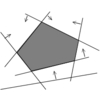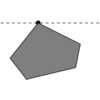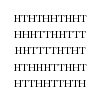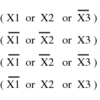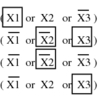1.2.5 Constrained and Unconstrained Optimization
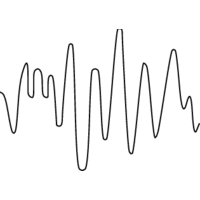

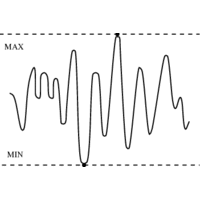
INPUT OUTPUT
Input Description:
A function f(x_1,...,x_n).
Problem:
What point p = (p_z,...,p_n) maximizes (or equivallently minimizes)
the function f?
Excerpt from
The Algorithm Design Manual:
Optimization arises whenever there is an objective function that must be tuned for optimal performance.
Suppose we are building a program to identify good stocks to invest in. We have available certain financial data
to analyze, such as the price-earnings ratio, the interest and inflation rates, and the stock price, all as a function
of time t. The key question is how much weight we should give to each of these factors, where these
weights correspond to coefficents of a formula:
Unconstrained optimization problems also arise in scientific computation. Physical systems from protein
structures to particles naturally seek to minimize their ``energy functions.'' Thus programs that attempt to
simulate nature often define energy potential functions for the possible configurations of objects and then take
as the ultimate configuration the one that minimizes this potential.
Recommended Books
Related Problems
This page last modified on 2008-07-10
.
www.algorist.com

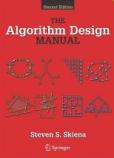



 Foundations of Genetic Programming
Foundations of Genetic Programming How to Solve it: Modern Heuristics
How to Solve it: Modern Heuristics Local Search in Combinatorial Optimization
Local Search in Combinatorial Optimization Numerical methods and analysis
Numerical methods and analysis Practical Methods of Optimization: Unconstrained Optimization
Practical Methods of Optimization: Unconstrained Optimization Adaptation in Natural and Artificial Systems
Adaptation in Natural and Artificial Systems Algorithms for minimization without derivatives
Algorithms for minimization without derivatives